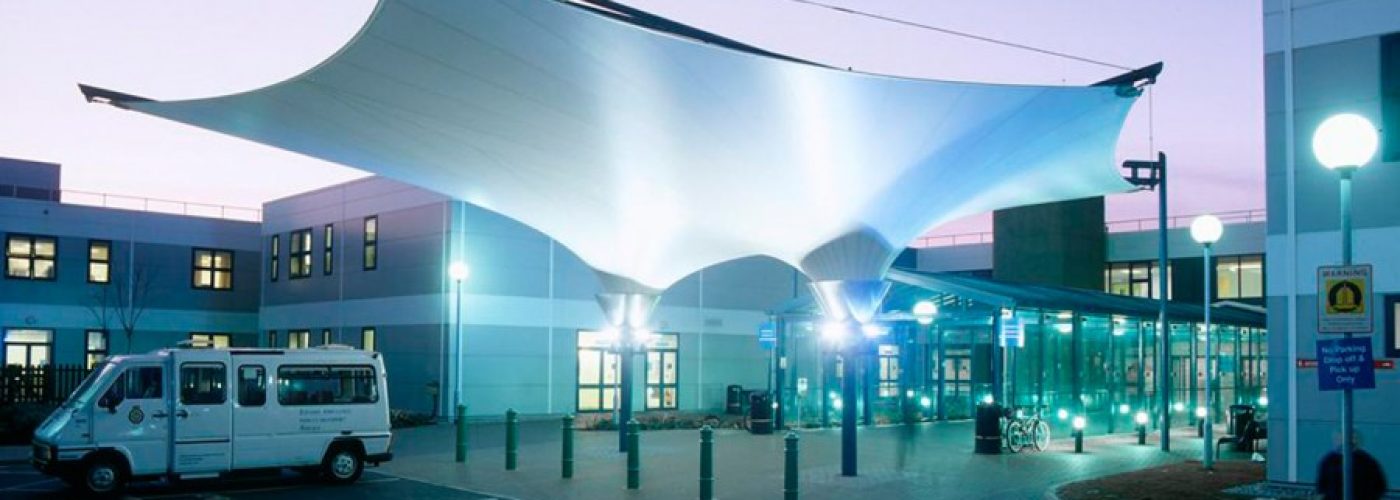The future carbon economy will present major challenges and opportunities for M & E companies over the next 10 years with the need to deliver innovative design solutions for new and existing buildings, according to Julian McCamphill, Operations Director of Dowds Group.
There is already considerable pressure for change, but while most building manufacturers and suppliers are looking at delivering better energy saving performance across product ranges, the onus will be more and more on M&E contractors and designers to be more proactive in terms of reducing carbon footprints to meet Government targets.
As these targets alter and become more complex, this in turn will mean the need for new initiatives to provide even greater investment to attract highly trained staff to join the industry, especially graduates who will need to see construction as a more attractive career option.
For companies such as Dowds Group, the challenge already exists to deliver increasingly complex projects involving BIM, new technologies and much more. These are already being incorporated into all new contracts – a typical example is the planned major refurbishment of the Queen Elizabeth Hospital in south London operated by the Lewisham and Greenwich NHS Trust.
The project is worth around £30 million. More than half of that total will be spent on delivering the M&E.
Work has already started for Dowds to accurately design and agree cost on every aspect of the project prior to contractors going into the hospital at beginning of 2022, with the contract expected to be finished the following year.
“Attention to detail, health and safety matched by an emphasis on delivering quality at all times is important for every type of contract,” said Julian Camphill, “and this particularly applies to work in hospitals and in our opinion will increasingly become more challenging.”
“That attention to detail relates to everything we do – right down to knowing that when an operative flicks a switch, everyone is totally aware of what is on the end of that and every other circuit. It could be a patient on life support, power to a critical operating theatre – it is that important.”
“Equally, we have to be aware that we are not only designing and installing infrastructure that meets today’s needs, it also has to be fit for purpose for the next 20 years or more and be capable of delivering Government carbon targets and changing patient needs.”
Dowds, working from their head office in Belfast for more than 40 years, has an enviable reputation for delivering quality healthcare projects in Northern Ireland. This expertise has been transferred to London where the company is now regarded as one of the fastest growing of its kind across the capital and the rest of the UK.
The Queen Elizabeth Hospital which was built in the 1950s and later modernised in the 1990s under a PFI agreement is in urgent need of refurbishment and modernisation to bring the building up to modern standards.
Dowds, who will be working closely with the NHS Trust to ensure minimum disruption to staff and patients throughout the refurbishment, will be responsible for upgrading all of the electrical infrastructure. They will further upgrade the facilities for medical gas supplies such as oxygen, the climate control and all the other M&E areas across the site.
The Queen Elizabeth Hospital is the latest in a growing number of healthcare success stories for Dowds, which include just about every major hospital in Northern Ireland together with scheme at Addenbrookes, Merseyside, Newcastle, Reading and many other parts of the country.
With NHS Trusts probably under more pressure than ever before due to Covid and expanding waiting lists, the focus is now firmly on the M&E sector to deliver 21st Century facilities – that’s the challenge for companies like Dowds – and they are up to it.








